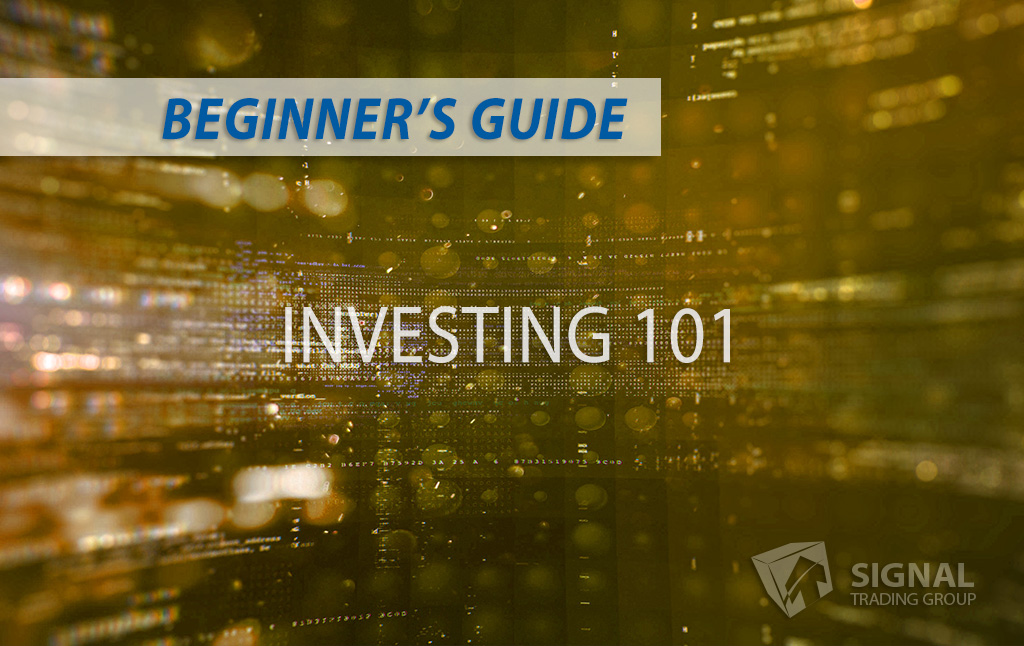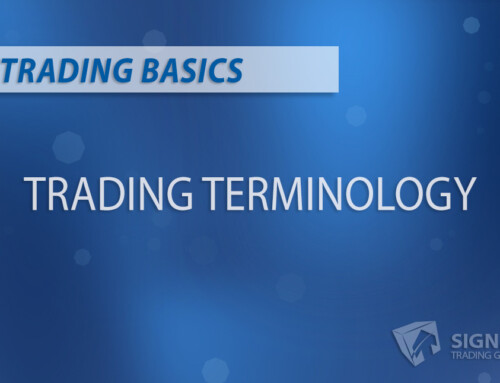ETFs vs. ETNs: A Guide for Investors
Investing provides numerous options for investors: Exchange-Traded Funds (ETFs) and Exchange-Traded Notes (ETNs). These investment vehicles have gained popularity among retail and institutional investors, but the two have critical differences. This blog post will discuss the similarities and differences between ETFs and ETNs to help you make informed investment decisions.
What are ETFs and ETNs?
Before delving into the differences, let’s first understand the basics of ETFs and ETNs.
Exchange-Traded Funds (ETFs) are investment funds that trade on stock exchanges, much like individual stocks. However, they hold a basket of securities, such as stocks, bonds, or commodities, and aim to replicate the performance of a specific index or sector. Some popular examples of ETFs include SPDR S&P 500 (SPY), which closely tracks the S&P 500 index, and the iShares Russell 2000 ETF (IWM), which focuses on small-cap stocks.
Exchange-Traded Notes (ETNs) are unsecured debt securities issued by financial institutions. They also trade on stock exchanges but do not hold any assets. Instead, their returns are based on the performance of an underlying index or market benchmark. An example of an ETN is the iPath S&P 500 VIX Short-Term Futures ETN (VXX), which tracks the performance of the S&P 500 VIX short-term futures index.
Similarities Between ETFs and ETNs
Both ETFs and ETNs share some key similarities:
- They trade on stock exchanges and can be bought and sold throughout trading, just like stocks.
- They aim to track the performance of an underlying index or market benchmark.
- They appeal to investors seeking diversification, as they provide exposure to a broad range of asset classes and sectors.
Advantages and Disadvantages of ETFs/ETNs
While there are similarities between ETFs and ETNs, it’s essential to understand their key differences and the pros and cons of each investment product, including liquidity, diversification, transparency, tax efficiency, fees, and other metrics.
Liquidity
ETFs generally have higher trading volumes and liquidity, which means investors can easily buy and sell shares with minimal impact on prices. The liquidity of an ETF is determined by the liquidity of the underlying assets and the overall market.
ETNs, in contrast, may have lower liquidity based on the issuer’s creditworthiness, the underlying index’s complexity, and market conditions. Therefore, investors should consider the impact of low liquidity on trading strategies and costs.
Diversification
ETFs provide instant diversification, as they hold a basket of assets. However, the level of diversification depends on the specific ETF’s focus, such as a broad market index, a sector, or a specific investment theme.
ETNs track an index or market benchmark rather than holding underlying assets, offering indirect diversification. This can be advantageous if you seek exposure to a specific sector or niche strategy.
Transparency
ETFs are generally more transparent. For example, information about the holdings of an ETF is updated daily, allowing investors to track the constituents and weightings of the underlying assets. This transparency also helps track the performance of the ETF versus its benchmark index.
ETNs are generally less transparent, as information about the holdings may not be available in real-time and can be more difficult to track.
Tax Efficiency
ETFs tend to have greater tax efficiency than ETNs, as they generate fewer taxable events for investors. ETFs rarely sell their underlying assets and do not need to pass on gains from those sales to their shareholders.
ETNs, on the other hand, pass through any capital gains or losses generated by trading in the underlying index or market benchmark. This means investors may face a tax bill even if they don’t sell their ETN shares.
Fees
ETFs typically charge lower fees than ETNs due to their lower cost structure. In addition, ETFs often have lower tracking errors and more competitive expense ratios, making them attractive for investors seeking low-cost exposure.
ETNs may carry higher fees, as the issuer must cover its costs for providing this type of investment product. Therefore, investors should compare the fees charged by ETFs and ETNs before investing in either.
Other Metrics
When deciding between an ETF or an ETN, it is important to consider other vital metrics such as tracking error, credit risk of the issuer, and leverage ratio (for leveraged funds). These metrics can help you assess the overall performance of a given fund versus its benchmark index or market sector.
Ultimately, your choice between an ETF and an ETN should depend on the specifics of your investment strategy. Both products offer investors a unique way to access different asset classes, markets, and strategies. Being aware of their respective advantages and disadvantages will help you make more informed decisions when selecting either type of investment product.





